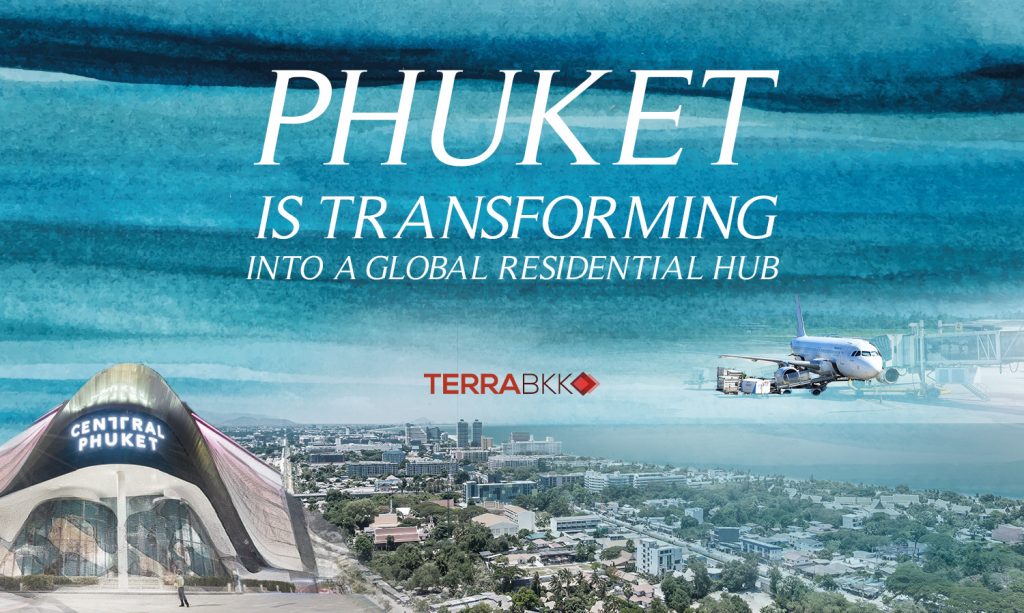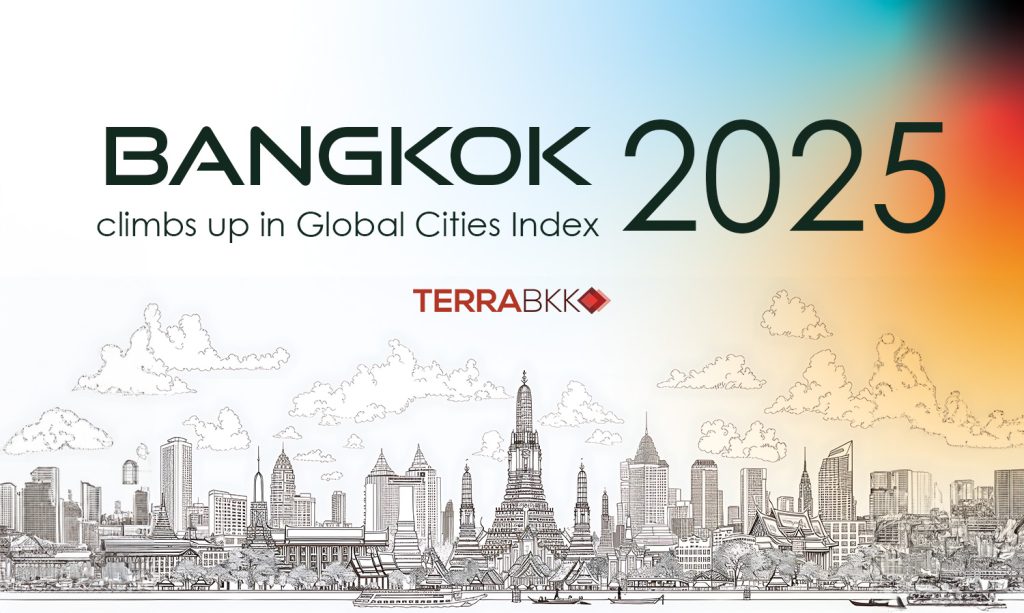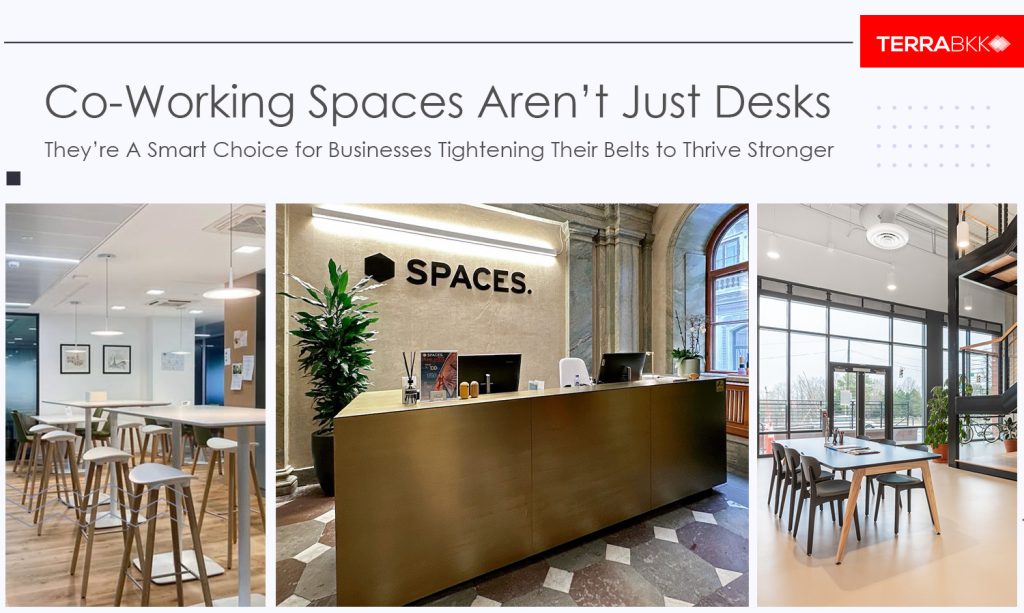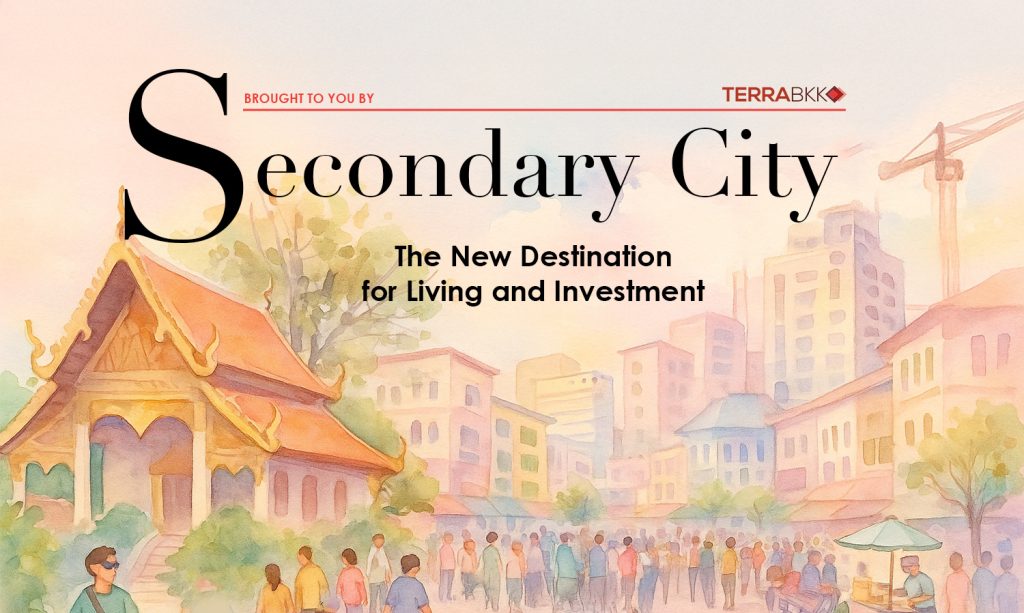NEWS & EVENTS

The spending power of Thai consumers remains the core engine of the nation’s economy. And 2025 is set to be another year where the Thai retail market clearly demonstrates its potential, capturing the attention of investors worldwide. Thailand currently boasts over 8.3 million square meters of total retail space, making it the largest proportion in the ASEAN region. This highlights that retail isn’t just an economic activity; it’s considered “essential infrastructure for living,” connecting people, cities, and cultures.
In recent years, the Thai retail market has successfully transitioned from a “Goods Economy” to an “Experience Economy.” This is a significant global trend. Shopping has moved beyond simple transactions to become an activity that satisfies consumers’ emotional needs and desire for new experiences. This is especially true for the younger generation, who view “time” as precious and demand to live their lives in spaces offering comprehensive convenience.
Thailand: ASEAN’s Shopping Hub
Developers like Central Pattana (CPN) continue to lead the market, managing over 58 shopping centers and community malls nationwide, with a total leasable area exceeding 2.3 million square meters. This operates under the concept of “Retail-Led Mixed-use Development,” which integrates shopping spaces with residential and work areas, creating a new, complete model for shopping centers that meets the comprehensive needs of the modern urban dweller.
Meanwhile, Siam Piwat exemplifies how to elevate shopping centers into Global Destinations that play a cultural role beyond just sales. Both Siam Paragon and ICONSIAM are vital Bangkok landmarks capable of attracting over 100 million tourists annually through creative events and international festivals. This simultaneously drives the city’s economy and builds Thailand’s image as the center of Asian lifestyle.
Another key player, Asset World Corporation (AWC), advances its “Retail-tainment” strategy, focusing on blending experience and entertainment. For instance, the “Jurassic World: The Experience” project at Asiatique transforms the Chao Phraya riverside area into a new tourist destination, earning them the “Mall of the Year – Thailand” award.
Retail is the City’s Economic Lifeline
Looking at commercial real estate overall, retail is one of the country’s most significant sectors. Its space, exceeding 8.3 million square meters spread across the country, is comparable to the industrial and logistics sectors that are continuously growing in the EEC. Simultaneously, shopping centers remain crucial “points of connection for people” that influence local economies, from creating jobs and stimulating small and medium-sized enterprises (SMEs) to acting as a stage for emerging Thai brands to grow.
These phenomena clearly indicate that the Thai retail market is no longer stopping at selling products; it is expanding its role into a “space for experience” that drives the urban economy qualitatively—both in generating employment and boosting local businesses, and in promoting new Thai brands to grow in the global market.
Even with global economic uncertainty, Thailand continues to maintain its ability to attract both investors and world-class brands. The key factor is the potential of Thai entrepreneurs who adapt quickly, develop quality spaces, and create experiential value with unique character. This is the reason why Thai retail remains the “strongest market in ASEAN” and is set for continued growth in the future.
Today’s Thai retail market thus reflects not only consumer spending power but also the readiness of the city’s economic structure, the creativity of its developers, and its potential to attract tourists from around the world. All these factors combined are “Thailand’s strengths” that keep us a country with “spending power, potential, and global appeal.




